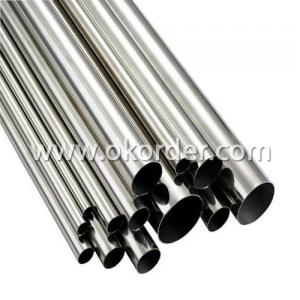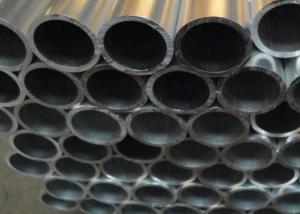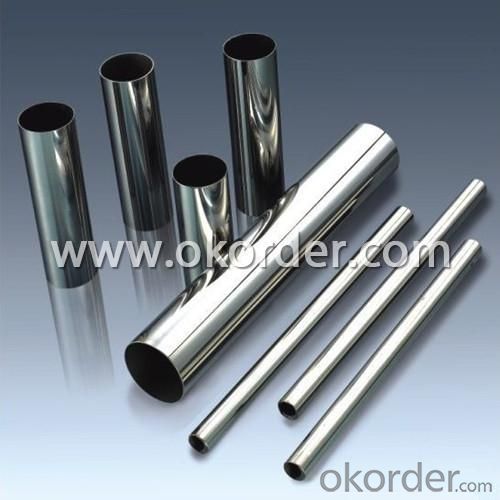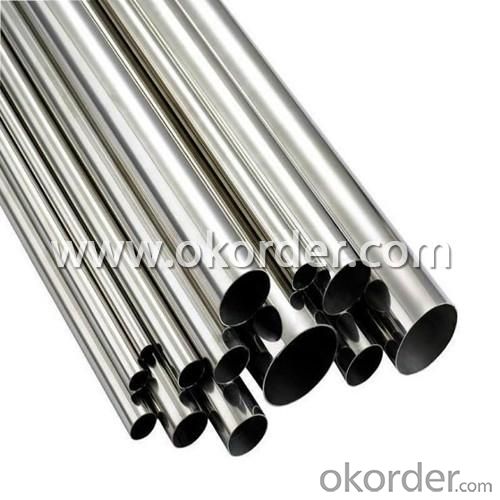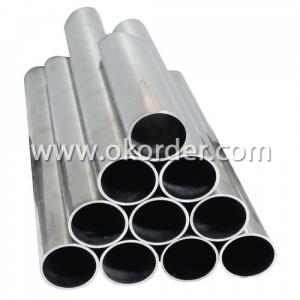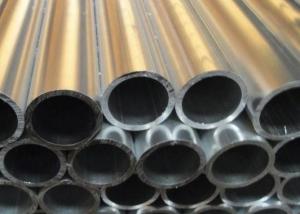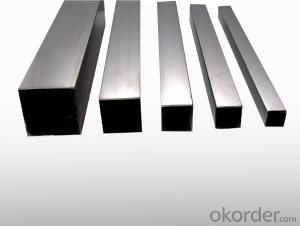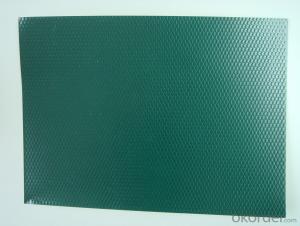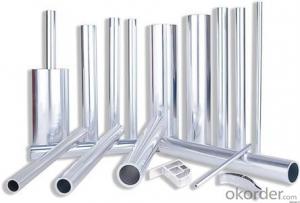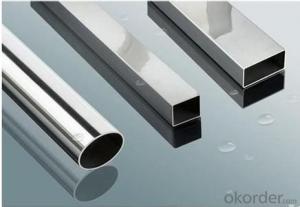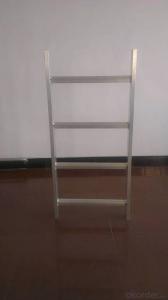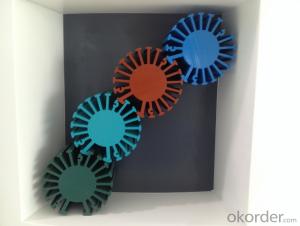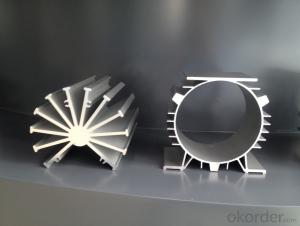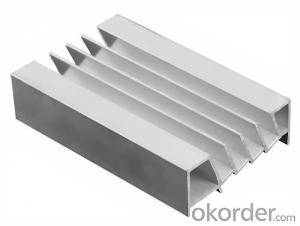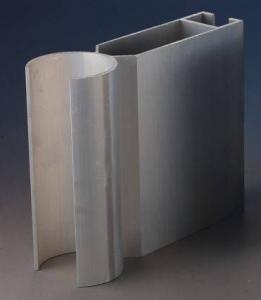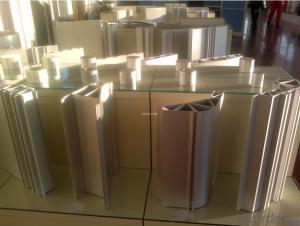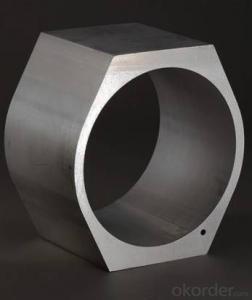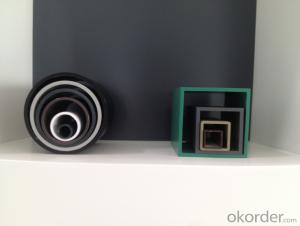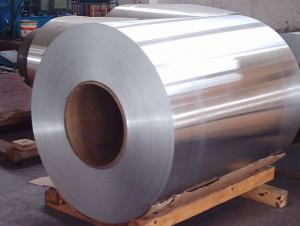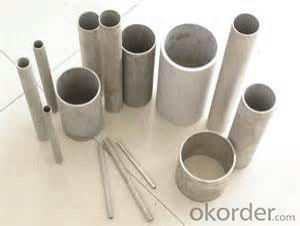Aluminum Pipes - Aluminium Pipes
- Loading Port:
- China Main Port
- Payment Terms:
- TT or LC
- Min Order Qty:
- 20 Tons m.t.
- Supply Capability:
- 1000 Tons Per Month m.t./month
OKorder Service Pledge
OKorder Financial Service
You Might Also Like
Aluminum Pipes :
1.Specifications of aluminium pipes:
1)Alloy:1xxx,3xxx,5xxx,6xxx,8xxx series;
2)Wall thickness : 0.4mm-80mm ;
3)Outer diameter : 10-900mm ;
4)Length : 6m-9m.
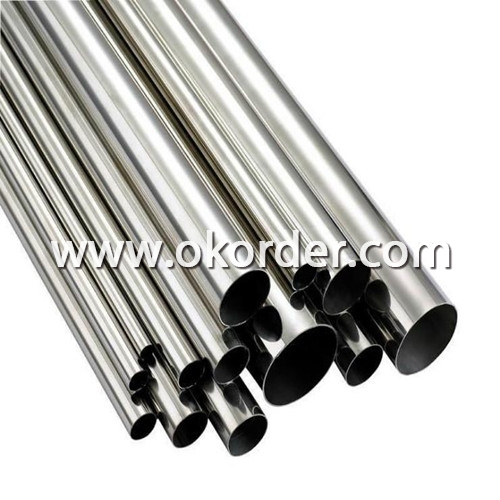
2.Application of aluminium pipe:
aluminum window, door, curtain wall, hand railing, normal aluminum profile, decorative and industrial aluminum profile

3.Features of aluminium pipes:
High weather resistance anti scratch anticorrosion and good weather resistance subtle edges and elegant appearance and easy processing and installation high brightness and hardness.
4.Packaging of aluminium pipes:
protection foam heat contracted plastic film,Wooden packing , Metal pallet
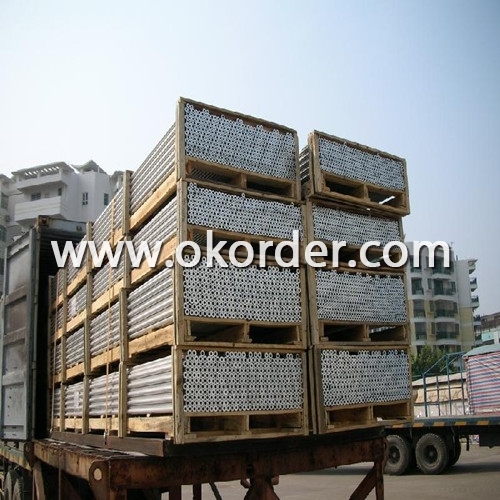
- Q: One aluminum products, T6 hardness is not up to the requirements of heat treatment, the manufacturers say that is the low magnesium content, not between 0.8~1.2 (the actual measurement is 0.70~0.81 content), there is relationship between content and heat treatment on the quality of magnesium?
- It doesn't matter.6061 belongs to Al-Mg-Si wrought aluminum alloy. Hardness is not up to the mark. It may be that magnesium and silicon (of course, other trace elements) do not meet the requirements at the same time, or they may be caused by improper heat treatment process.The hardness after welding may be low, but the heat treatment is more trouble, after all, there is no other soft, there is a problem, heat treatment after deformation, processed into finished products and how to solve the problem of deformation, the wall thickness is too thin.The difference between the 6061 aluminum state T6 and T651 is in general, the internal stress of T6 will be relatively large, machining deformation, the most suitable processing condition should be T651, he is drawn on the basis of T6, eliminate the internal stress and the main alloy element 606 Aluminum Alloy is magnesium and silicon, and the formation of Mg2Si phase.
- Q: 1100 what is the difference between the aluminum tube and the 6063 material aluminum tube, please advise
- The 1100 is rust proof aluminum grades, good corrosion resistance, good plasticity, but the intensity is the lowest, 6063 forging Aluminum Alloy, is Aluminum Alloy, if after solid solution treatment and aging, high strength and hardness, but the corrosion resistance of less than 1100,
- Q: I have 6 60CM long diameter 5MM aluminum tubes, which are used on the model. I want to take it home. It is too small for me to take a plane. Can I take it with me? For advice, fly from Nanjing, transfer in Xi'an, check security two times.
- In general can not carry only checked, you can specify at check-in, see if you can carry, if not, the airport where there are special packing, good consignment packaging.
- Q: Will the aluminum tube (6063) anodized after the local needle hole shaped point, what is the reason for it, is the material problem or oxidation plant corrosion?
- You are the light, or the fog, if light, are certainly no oxidation treatment, that is, if the surface is like fog, that is normal. I have been working in this area, a few years, what are a little, in fact, no matter what, to ensure the material beautiful, do not have that you said.
- Q: What are the different wall thickness options for aluminum pipes?
- The wall thickness of aluminum pipes can vary depending on the specific application and the requirements of the industry. Different needs can be accommodated by a range of wall thicknesses available for aluminum pipes in general. Aluminum pipes commonly come in standard, schedule, and nominal sizes in terms of wall thickness. In industrial applications where strength and durability are crucial, standard wall thicknesses are typically used. These pipes are manufactured with specific dimensions to meet industry standards and are often utilized in structural applications like construction or engineering projects. Conversely, schedule wall thicknesses are mainly used in pressure applications such as plumbing or fluid transfer systems. These pipes are engineered to handle different levels of pressure and are designated by a schedule number ranging from Schedule 5 to Schedule 160. Each schedule number corresponds to a specific wall thickness, with higher numbers indicating thicker walls capable of withstanding higher pressures. Nominal wall thicknesses encompass a range of wall thicknesses that fall within a certain tolerance level. These pipes are commonly employed in general-purpose applications or situations where precise dimensions are not critical. The nominal size is a rounded value that corresponds to the approximate inside diameter of the pipe, while the wall thickness can vary within a certain range. It is important to note that the available wall thickness options for aluminum pipes may vary depending on the manufacturer, industry standards, or custom requirements. Therefore, it is crucial to consult the relevant specifications or speak with a supplier to determine the available options for a particular application.
- Q: What are the different surface treatments available for aluminum pipes?
- Aluminum pipes can undergo various surface treatments, each with its own purpose and advantages. Anodizing, powder coating, painting, polishing, and chromate conversion coating are some of the commonly utilized methods. Anodizing, a popular treatment, involves forming a protective oxide layer on the aluminum surface. This not only boosts corrosion resistance but also adds a decorative touch. Anodized aluminum pipes are known for their durability and ability to withstand wear and tear. Powder coating is another widely employed method. It entails applying a dry powder electrostatically, followed by curing to create a tough, protective coating. This treatment enhances the appearance of the pipe and provides excellent resistance to chemicals, UV rays, and impacts. Painting, a traditional approach, involves applying liquid paint to the aluminum surface. This not only improves aesthetics but also shields against corrosion and environmental factors. Painting offers versatility in terms of color and finish options. Polishing is a technique that involves buffing the aluminum surface to achieve a smooth and reflective appearance. This treatment is commonly used for decorative purposes, giving the pipe a sleek and shiny look. Chromate conversion coating, also known as chemical conversion coating, encompasses the application of a thin chromate layer onto the aluminum surface. This treatment enhances corrosion resistance and provides a suitable base for subsequent painting or powder coating. In conclusion, there are several surface treatments available for aluminum pipes, including anodizing, powder coating, painting, polishing, and chromate conversion coating. Each treatment offers specific benefits, such as improved corrosion resistance, enhanced aesthetics, and increased durability. The choice of surface treatment depends on the intended application and desired outcome for the aluminum pipes.
- Q: Can aluminum pipes be used for oil refineries?
- Yes, aluminum pipes can be used for certain applications in oil refineries. However, it is important to consider the specific requirements and conditions of the refinery before deciding to use aluminum pipes. Aluminum pipes have several advantages such as being lightweight, corrosion-resistant, and having good thermal conductivity. These properties make them suitable for certain processes in oil refineries, such as transporting and distributing fluids, gases, and chemicals. However, they may not be suitable for all applications within the refinery, particularly those involving high pressure or high temperature conditions. In such cases, other materials like steel or alloys may be more appropriate. Additionally, it is crucial to ensure that the aluminum pipes meet the necessary industry standards and regulations to ensure safety and reliability in the refinery operations.
- Q: Please help to analyze the cause of the formation Fifty1070 aluminum rods are made of aluminum tubes from extrusion units. The process is: extrusion, melting - the mold passes through (the formation of aluminum tubes) - tap water cooling - closing - nitrogen charging and pressure maintaining. Therefore, the internal pipeline is nitrogen protection, and after a period of time, the pipeline will appear white powder, affecting resistance welding, welding is not firm, easy to fall off and leak.
- Landlord, that is the aluminum oxide (*^__^*) hee hee oh......
- Q: Are aluminum pipes resistant to corrosion?
- Yes, aluminum pipes are highly resistant to corrosion.
- Q: What are the different diameters available for aluminum pipes?
- The different diameters available for aluminum pipes can vary widely, ranging from small sizes like ¼ inch or 6.35mm to larger diameters such as 12 inches or 304.8mm. The specific diameters available will depend on the manufacturer and the intended application of the aluminum pipes.
1. Manufacturer Overview
| Location | Guangdong, China |
| Year Established | 2004 |
| Annual Output Value | Above US$50 Million |
| Main Markets | Mid East;Eastern Europe;North America |
| Company Certifications | ISO 9001:2000;ISO 14001:2004;OHSAS 18001 |
2. Manufacturer Certificates
| a) Certification Name | |
| Range | |
| Reference | |
| Validity Period |
3. Manufacturer Capability
| a) Trade Capacity | |
| Nearest Port | Shanghai |
| Export Percentage | 30%-50% |
| No.of Employees in Trade Department | 21-50 People |
| Language Spoken: | English;Chinese |
| b) Factory Information | |
| Factory Size: | Above 100,000 square meters |
| No. of Production Lines | Above 10 |
| Contract Manufacturing | OEM Service Offered;Design Service Offered |
| Product Price Range | Average |
Send your message to us
Aluminum Pipes - Aluminium Pipes
- Loading Port:
- China Main Port
- Payment Terms:
- TT or LC
- Min Order Qty:
- 20 Tons m.t.
- Supply Capability:
- 1000 Tons Per Month m.t./month
OKorder Service Pledge
OKorder Financial Service
Similar products
Hot products
Hot Searches
Related keywords
